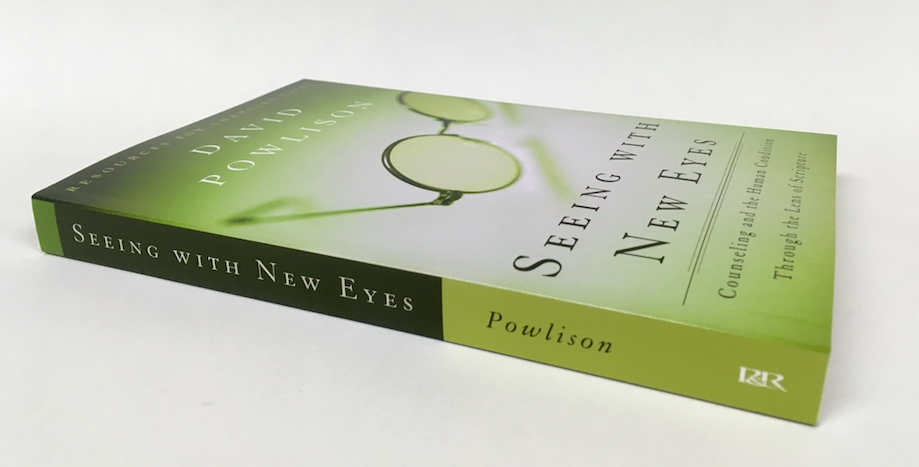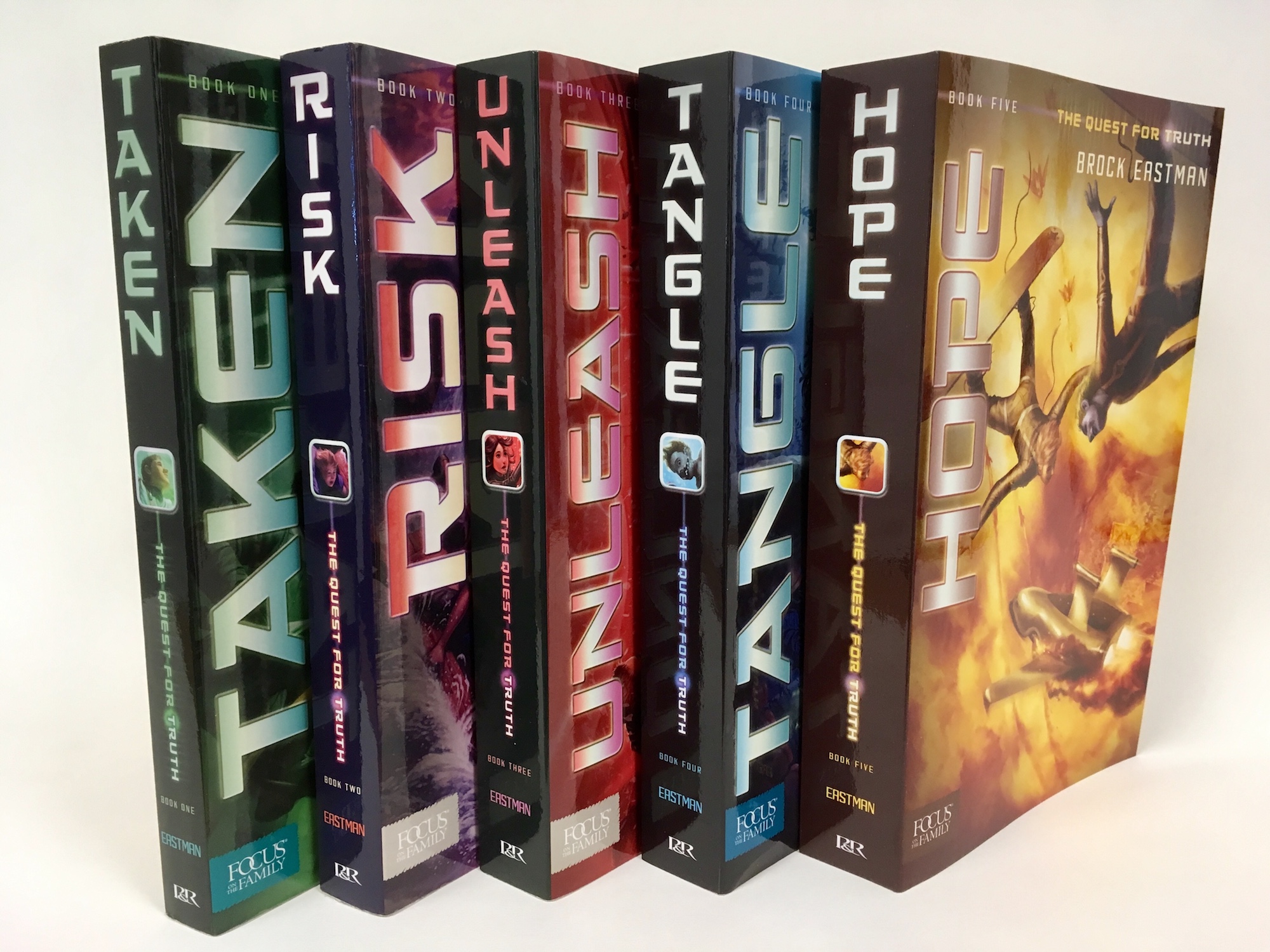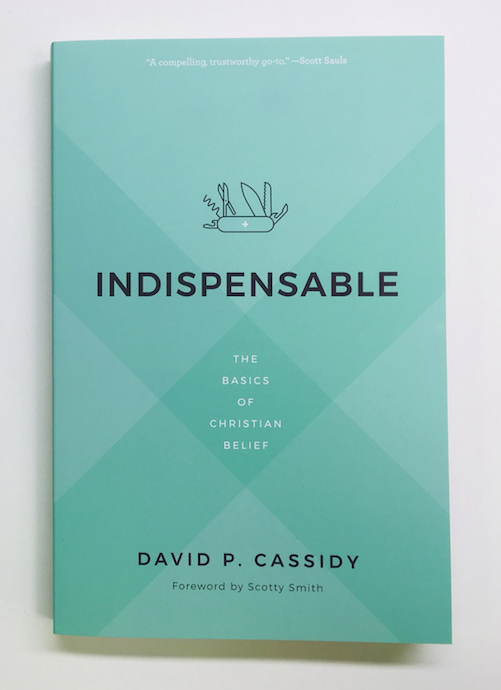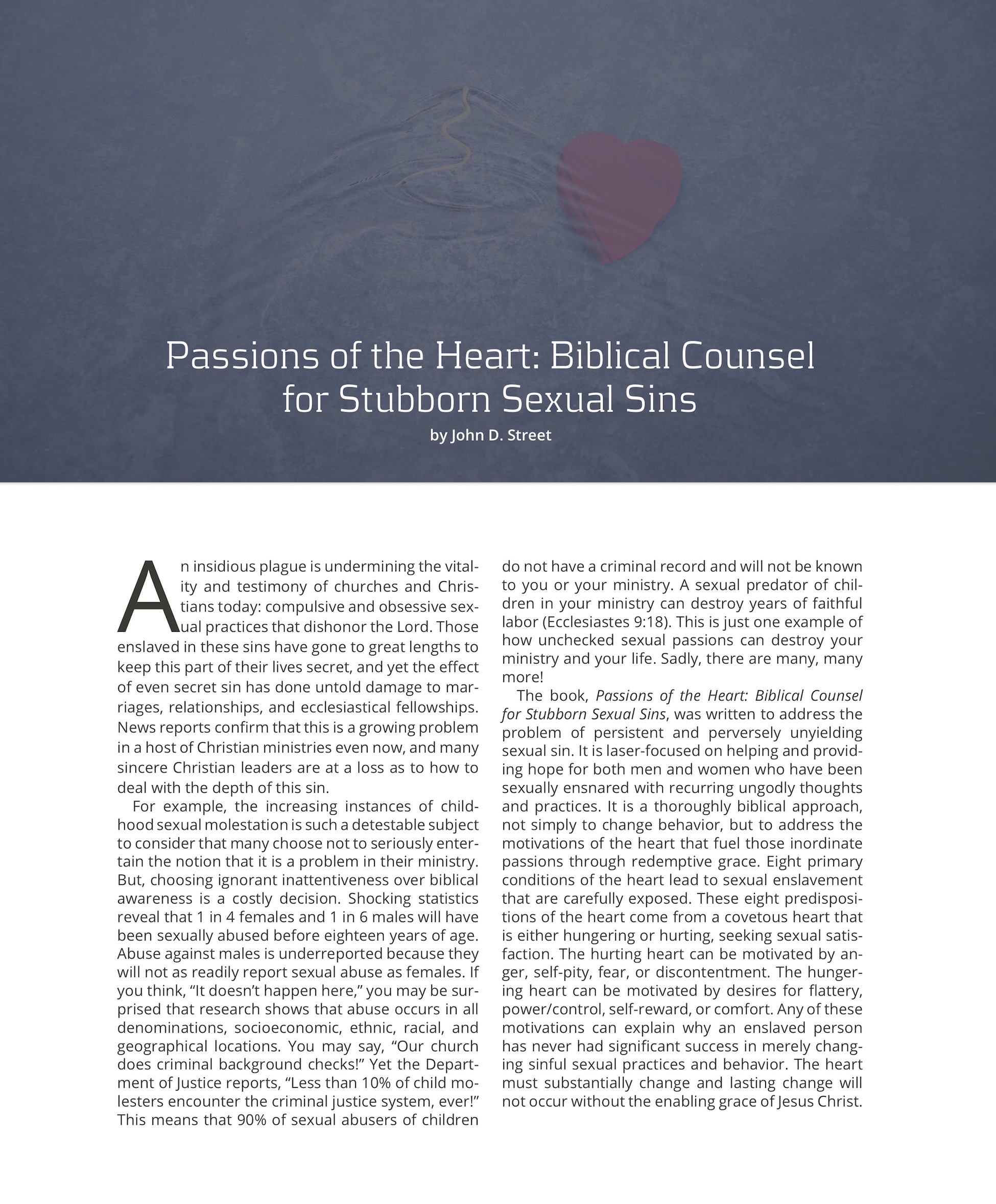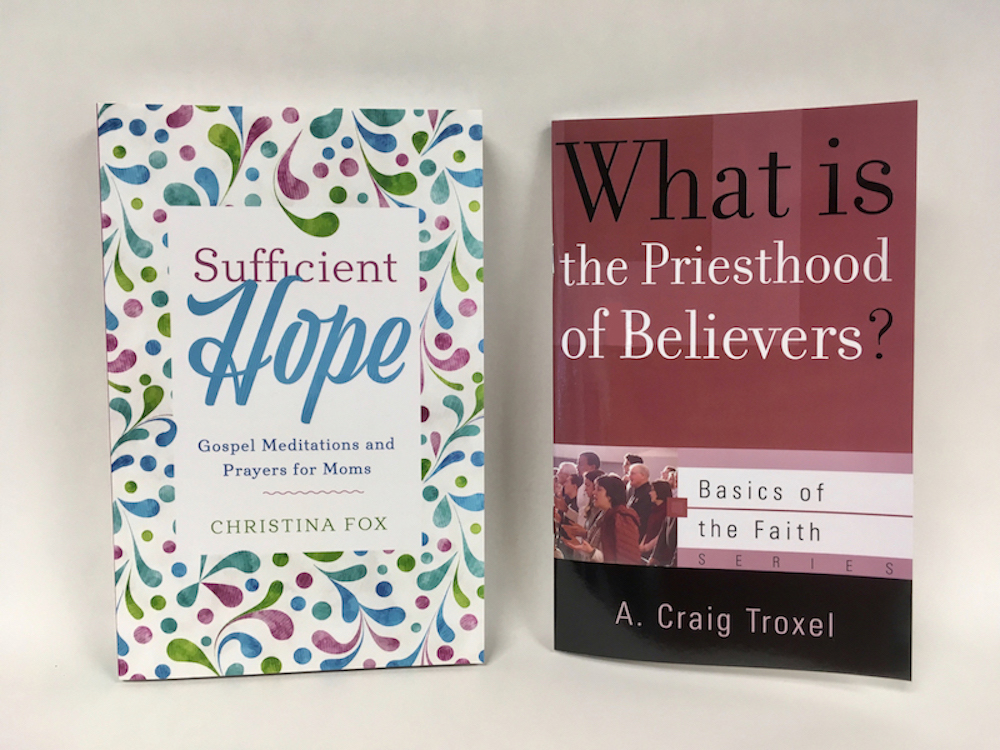Here is the Introduction of Seeing With New Eyes: Counseling and the Human Condition Through the Lens of Scripture by David Powlison.
Introduction: The Gaze of God
I believe in Christianity as I believe that the sun has risen, not only because I see it, but because by it I see everything else.*1
“By it I see everything else.” This risen and rising sun—Light of the world, no less!—opens our eyes to see. We come to “see” a man we’ve never actually laid eyes on. In fact, we not only see him, but we love him, trust him, and delight in him (1 Peter 1:8). Along the way he teaches us to see everything else the world contains. We aren’t talking about retinal images processed in the brain. This seeing, this gaze, means to wake us up from our fantasies, fictions, and nightmares to see things as they are in fact. God has the real take on things. And God teaches us his gaze.
We learn (slowly! in fits and starts!) to see how God sees. God, self, others, problems, circumstances, all now appear in the true mirror. Learning the gaze of God, we come to weigh life aright. We discern good and evil, fair and foul, lovely and degraded. Our Father enlightens the eyes of our hearts. We become able to pry apart true from false, instead of living in a murk of half-truths and flat lies.
All sorts of things start to look and to mean different when the lights come on: friendship, artistic abilities, Orion’s belt brilliant on a winter night, bone cancer, a frustrating job search, money in the bank, the waste of our wraths and sorrows, forgiveness sought and granted, old hurts and fresh affronts, kind hearts and opportunities not to be missed, anorexia-bulimia, quiet desperation and joy inexpressibly full of glory, Day-Timer or Palm Pilot, the sounds and smells of tonight’s dinner sizzling in the pan. The sins and sufferings of the human condition (the “stuff” of counseling) looks different.
Consider this example. Both Caiaphas and Peter “saw” the same retinal images of Jesus. (To widen the metaphor, we might add that both “heard” the same tympanic vibrations when Jesus spoke.) But the priest saw a threat and heard a charlatan. The friend saw the maker, judge, and savior of the world, and he heard words of eternal life. When you wake up to see the sun, and hear the waterfall, and smell the coffee, and touch the garment’s hem, and taste that the Lord is good, it must change how you see everything.
To think Christianly is “to think God’s thoughts after him.” Of course, our thinking is both finite and distorted. We never see it all; and we often misconstrue what we do see. We see in a glass darkly, skewed reflections in a battered bronze mirror—but we do see. God, who sees all things directly in full daylight, enlightens the eyes of our hearts. We see surfaces, catching glimpses of interiors; God sees to the inky or radiant depth of every heart, all the way down to fundamental hate or fundamental love. Our glasses are sometimes rosy, sometimes jaundiced, sometimes bluesy, sometimes mirrored on the inside of the lens (so that all we can see are the turbulent contents of our own interiors). The madness in our hearts generates warped spectra. But God sees all things in bright, clear light—and this God is the straightener of crooked thoughts. He makes madmen sane.
Lest this sound overly cognitive, we also learn “to intend God’s intentions after him.” Christianity is both a way of seeing and a way of proceeding. Christ enters and engages the world he sees. He acts and reacts. The “mind of Christ” is no mental list of theoretical doctrines. His gaze brings with it ways of experiencing, patterns of appropriate reaction, and a game plan for engaging what he sees. So, we learn to pursue God’s pursuits after him, to act God’s acts, feel God’s feelings, love God’s loves, hate God’s hates, desire God’s desires. When the Word became flesh, Jesus lived all God’s communicable attributes on the human scale. No, we will never be all-knowing, or all-powerful, or all-present. But yes, we will be wise and loving, true and joyous. We will weep with those who weep. We will lay down our lives for our friends, bear sufferings, love enemies, and say with all our heart, “Thank you.”
A Look at Counseling
Does God have a take on counseling? Does his gaze have anything to say about the myriad issues counseling deals with? Has he communicated the way he thinks? Of course, yes, amen. This book aspires to listen well, to look closely, to think hard (however haltingly) within the patterns of God’s gaze.
Seeing with New Eyes presents a collection of essays written over a period of almost twenty years. Most of them originally appeared in the Journal of Biblical Counseling between 1985 and 2003.*2 They have been edited to eliminate redundancies or irrelevancies, and to enhance the coherence of the whole. These articles are of many sorts: Bible exposition, topical essay, editorial, sermon. You will find a number of interlocking themes appearing again and again. Everywhere evident is God’s gracious self-revelation in Jesus Christ and Scripture. The real needs and problems of real people—our sins and miseries, our need for the Father of mercies—are always in view. Our current social and cultural context—the modern psychologies and psychotherapies, these alternative theologies and alternative cures of soul—are continually engaged.
One evening many years ago, my wife Nan and I got into one of those memorable “What is your life about, really?” conversations. We each asked, “What should the epitaph be on your gravestone?” I knew instantly.
I had been a most unlikely candidate for Christian faith. (I suppose that made me an ideal candidate!) I was taken with the typical passions of the ’60s and ’70s: existentialism, Hindu mysticism, psychodynamic psychologies, literature, aesthetic experiences, personal pleasures, radical politics, finding Truth by an inward-looking journey, calling the shots about the meaning of life, changing the world, hating hypocrisy. Of course, I hated Christianity. Becoming a believer was not at the bottom of the possible options list; it was at the top of the “No way!” list.
But God arrested me with the love of Christ. My epitaph was obvious: “The God who said, ‘Let light shine out of darkness,’ has shone into our hearts to give the light of the knowledge of the glory of God in the face of Christ” (1 Cor. 4:6). He turned on the Light of the world in a benighted heart.
This book is unabashedly personal. It is about things that delight me. It is divided into two sections. First comes Scripture: God’s voice speaks into real life to reveal the gaze and intentions of the Christ who pursues us. We will seek to let the light of Christ shine. The first section seeks to embrace, probe, and unravel Scripture. Second comes understanding people amid their real life struggles: the pursuit of wise truth. We will seek to interpret (and reinterpret) real life through God’s eyes. The second section seeks to embrace, probe, and unravel the problems of daily life.
The vision that animates this book is close kin to some words of Dietrich Bonhoeffer. By all accounts, he was a man of faith, integrity, and courage. Because of Christ, he stood up to the cant, rant, and cruelty of Hitler and the Nazis, and he died for it. While he lived, he closely observed and thoughtfully reflected on what makes for a true and deep understanding of people. It’s easy to skim or skip through long quotations (I confess my own tendency), and this is a long quotation. But do pause, and read it carefully. See what Bonhoeffer has seen.
The most experienced psychologist or observer of human nature knows infinitely less of the human heart than the simplest Christian who lives beneath the Cross of Jesus. The greatest psychological insight, ability, and experience cannot grasp this one thing: what sin is. Worldly wisdom knows what distress and weakness and failure are, but it does not know the godlessness of man. And so it also does not know that man is destroyed only by his sin and can be healed only by forgiveness. Only the Christian knows this. In the presence of a psychiatrist I can only be a sick man; in the presence of a Christian brother I can dare to be a sinner. The psychiatrist must first search my heart and yet he never plumbs its ultimate depth. The Christian brother knows when I come to him: here is a sinner like myself, a godless man who wants to confess and yearns for God’s forgiveness. The psychiatrist views me as if there were no God. The brother views me as I am before the judging and merciful God in the Cross of Jesus Christ.*3
When our gaze awakens to the gaze of God, we have started to see. Seeing clearly, we can love well.
***
It is a pleasure to mention debts that express joys, not frets; obligations whose burden is gratitude, not disgruntlement! My difficulty comes in naming all those whom I owe in writing this book. Let me mention only those whose influence I feel most immediately and keenly.
Thank you, Augustine, Luther, Calvin, and Edwards, in whom I witnessed how truth catches fire into the real times, places, and persons that we call “history.” Thank you, Cornelius Van Til and John Frame, from whom I learned to look at life with God in view. Thank you, Jay Adams and Jack Miller, in whom I saw how Jesus Christ continually reaches and teaches people through the Word of life. It is a privilege to work within such a tradition of practical theological reflection and action. It is no accident that I acknowledge my debt to pastor-apologist-theologians who make it their life’s work to bring the Word to life. Simple faith goes to work through love, creatively redeeming the ever-mutating complexities of the human plight.
Thank you, colleagues at CCEF. Thank you, also, to the many men and women whom I’ve been privileged to know in various teaching, counseling, and preaching contexts. Every chapter bears the imprint of particular persons and interactions. This book is so deeply rooted in how you live, think, feel, question, act, struggle, change, and serve that I have a hard time knowing who might be responsible for what. The things I’ve sought to communicate are the product of a community at work.
Thank you, Jayne Clark, Sue Lutz, and Stephen Lutz for your work in conceptualizing this book and bringing it to completion.
Thank you, Nan, Peter, Gwenyth, and Hannah for your particular love to me, and the ways that every chapter bears the imprint of our lives together.
One final acknowledgment: I’ve always found a particular pleasure in singing those hymns of adoration and trust whose authorship God only knows. We don’t know the writers’ names for “Fairest Lord Jesus,” “How firm a foundation,” “All hail the power of Jesus’ name,” “O, come, all ye faithful,” and “When morning gilds the skies.” In an age of copyright, self-promotion, and property claims, it’s refreshing when no person can get any obvious credit for honoring God. Anonymity provides an object lesson that reaches even to where acknowledgments can be made. We must acknowledge our debt to God alone for what proves enduring in truth, goodness, and beauty. I sincerely hope that strands in this book will prove worthy of contributing to the mind, heart, hands, and voice of the church of Christ. I am sure that certain strands will be found wanting, forgettable, or dubious. But I know with certainty that in whatever proves worthy, credit is due to the God and Father of our Lord Jesus Christ, in whom we exult with an unknown worshiper: “Glory and honor, praise, adoration, now and forevermore be Thine.”
1. C. S. Lewis, “Is Theology Poetry?” They Asked for a Paper (London: Geoffrey Bles, 1962), 165.
2. Until 1992, this journal was called the Journal of Pastoral Practice. Chapters 11 and 13 in this collection appeared under that name.
3. Dietrich Bonhoeffer, “Confession and Communion,” in Life Together (New York: Harper & Row, 1954), 118–19.

